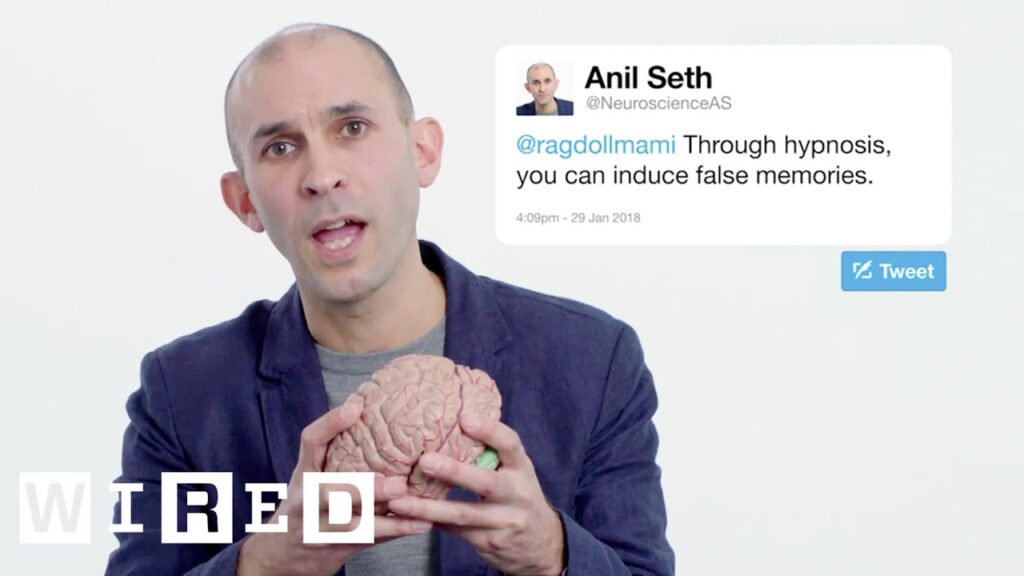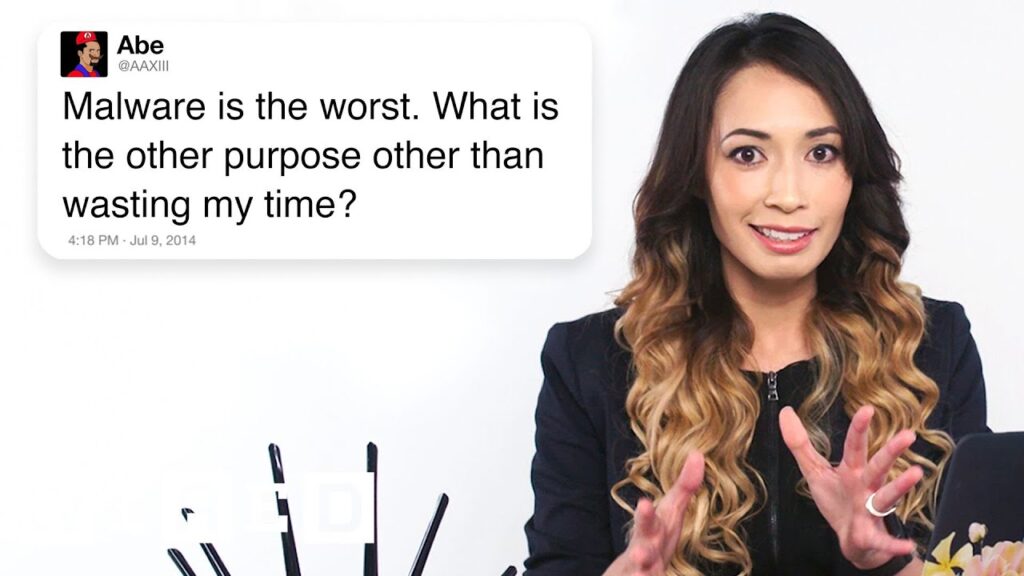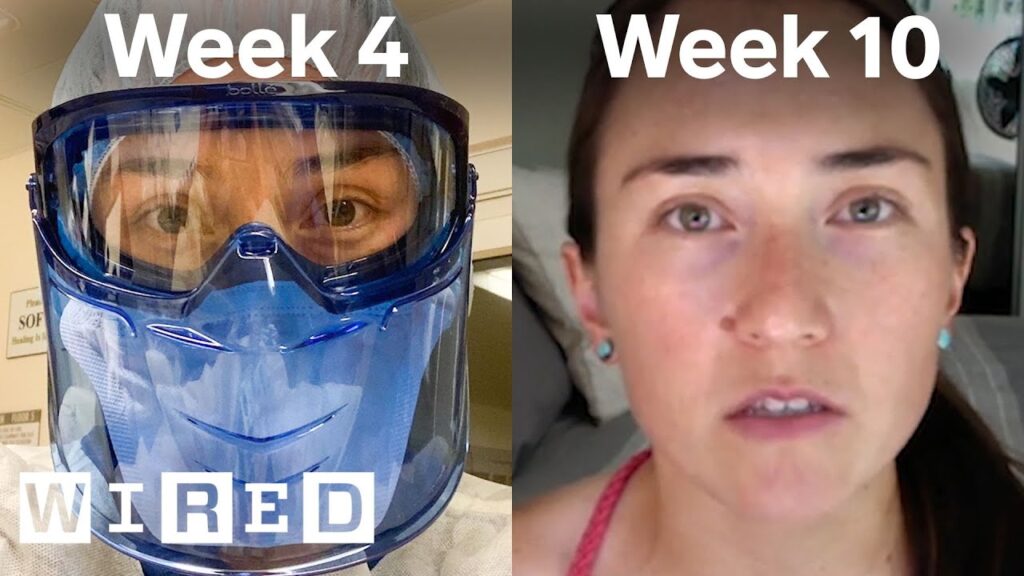Understanding the Science behind COVID Rapid Antigen Tests
Summary
COVID-19 rapid antigen tests have come in handy in quickly diagnosing the virus. The tests work through a unique biochemical reaction involving sodium chloride, tiny particles of gold, and antibodies on paper. This article discusses the science behind these tests, including the chemistry involved and how the tests are conducted. It also sheds light on how to achieve accurate results and what factors can affect the outcome.
Table of Contents
- How does the Chemistry of COVID Rapid Antigen Tests Work?
- What Makes Rapid Antigen Tests pH Sensitive?
- How Accurate are Rapid Antigen Tests?
- How to Achieve Accurate Results
- False Positives and False Negatives
How does the Chemistry of COVID Rapid Antigen Tests Work?
COVID rapid antigen tests use a unique biochemical reaction involving sodium chloride, tiny particles of gold, and paper antibodies to detect the virus. When the test is taken, there is a unique sequence of events that takes place inside the test kit. A buffer solution that consists of almost entirely saltwater, that is, 99.7% sodium chloride in water, takes the sample.
On top of sodium chloride, there is a conjugate acid and a conjugate base, two different versions of a phosphate molecule known as sodium hydrogen phosphate and potassium dihydrogen phosphate. These molecules lock the solution’s pH into around 7.4, which is the same ph as our blood.
The buffer solution creates a conjugate acid-base pair that resists big changes in pH. If an acid comes along, the conjugate base eats that up, and if a base comes in, the conjugate acid eliminates it. Thus the pH locks in at 7.4, the same as our blood.
Once the sample is locked in at a pH of 7.4, we can see whether we are positive or negative. Tiny nanoparticles of gold are present where a positive result would show. The nanoparticles of gold are connected to an antibody in a specific part where the nanoparticles connect with the virus. If there is the presence of protein from the virus, antibody one will reach out and grab it, and antibody two grabs onto the virus and locks it into place.
What Makes Rapid Antigen Tests pH Sensitive?
Rapid antigen tests are pH sensitive because of the chemistry involved in the reaction. The reaction involves a buffer solution, which consists of a conjugate acid and base to lock the solution’s pH at about 7.4, similar to that of our blood. This pH level helps mimic the conditions of the human body, making it possible to achieve a more accurate result.
Therefore, any factors that can cause changes in the solution’s pH, such as pH-sensitive substances (like coca-cola) being introduced to the solution, can alter the pH and affect the test’s outcome.
How Accurate are Rapid Antigen Tests?
The accuracy of COVID rapid antigen tests is dependent on several factors, with the most significant being how the test is conducted. Lab scientists are most accurate since they know how to perform the test better, followed by health care workers. The third is the general public conducting the test at home.
The viral load is another vital factor that determines the test’s accuracy. The lesser the viral particles present in the body, the higher the potential for false-negative results.
How to Achieve Accurate Results
To achieve accurate results from COVID rapid antigen tests, one must adhere to the test’s instructions strictly. Swabbing correctly is very important. Holding the swab long enough and positioning it correctly in the nose or back of the throat can affect the test’s outcome.
Additionally, individuals who think they might have the virus should use multiple tests until there is consistency in the results. This will help verify accurate results.
False Positives and False Negatives
The sensitivity of COVID rapid antigen tests to pH can make them susceptible to false positives and false negatives. False-positive results can occur when substances such as pH-sensitive juices, coca-cola, or other non-viral particles in the buffer solution affect the pH and test’s outcome. False-negative results can occur when there is a low-level of viral particles, making it difficult to detect the virus.
Parents who think their kids are cheating the test by using pH-sensitive substances can verify it by adding the original buffer solution minus the swab.
Conclusion
The COVID-19 pandemic has brought about significant changes in our daily lives. The use of rapid antigen tests has made it possible to conduct tests speedily and effectively, contributing to the fight against the virus. Understanding the chemistry and factors contributing to the accuracy of these tests is essential. By adhering to the recommended guidelines, one can achieve accurate results and do their part in mitigating the spread of the virus. Using COVID rapid antigen tests technology to move forward with the flu every single season and as a proactive public health measure, where people conduct their tests regularly, can help ease the burden of managing future viral infections.






